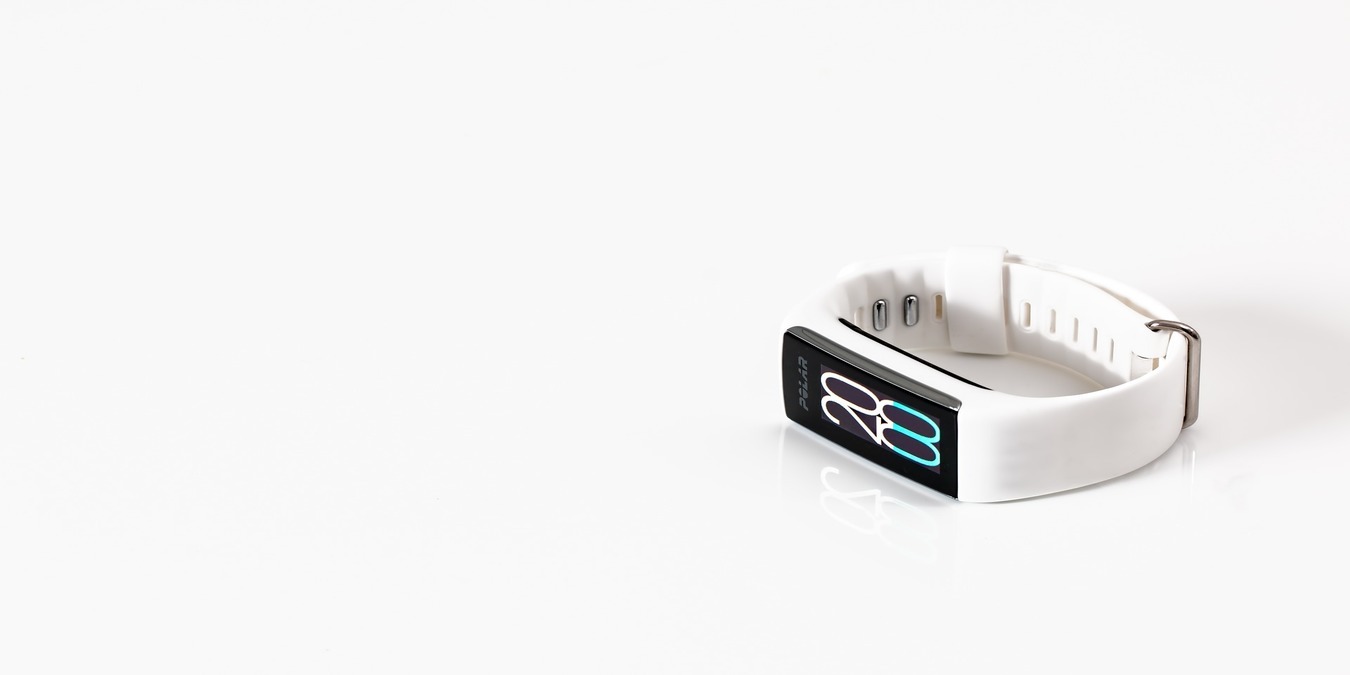
The smart wearable craze continues to sweep over the world with a huge range of devices available. It’s not just the usual smartwatches, wristbands and smart glasses we use, but there are also smart rings, smart gloves and smart sneakers too, all of which are designed to help us in one way or another.
As much as the entrepreneurs who develop wearables and companies that sell them talk up the devices, not all of these devices are a success in the consumer or business market.
Why Consumers Abandon Wearables
Each year, new smart wearables are introduced from top brands like Garmin, Fitbit, Sony and more, but even with the interest in the market, most current generation wearables fail to drive the desired sustained consumer behavior change and engagement.
A research by Endeavour Partners found that while one in ten United States consumers age 18 and over owns a modern activity tracker, half of them no longer use them. Further, one-third of the 6,223 respondents stopped using the devices in six months of receiving them.
Why do people shy away from or give up on them even when they’re created by brands we know and trust?
Some of the reasons for this include annoying reminders, goals that feel unattainable, and lack of community support from family, friends or partners. One or more fatal user experience flaws like breakage, syncing problems, and unattractive and uncomfortable designs and batteries that don’t last long enough also add to the problem.
If you’re looking to create a successful smart wearable device, you may want to consider the following criteria before going to market.
Real-world practicality
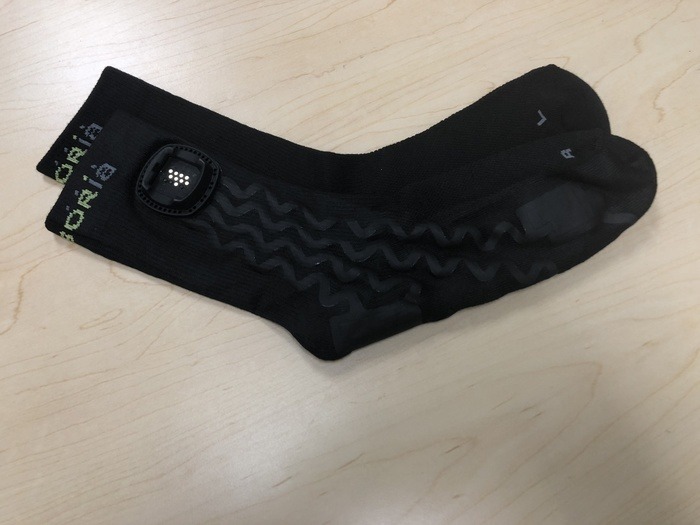
A smart wearable device must be usable in the real world, otherwise it’ll fail not only to attract customers, but won’t be useful in their daily lives. A successful smart wearable device needs to solve a problem that smartphones haven’t already addressed, and this requires a lot of innovation and creativity, too.
Deliver function and value
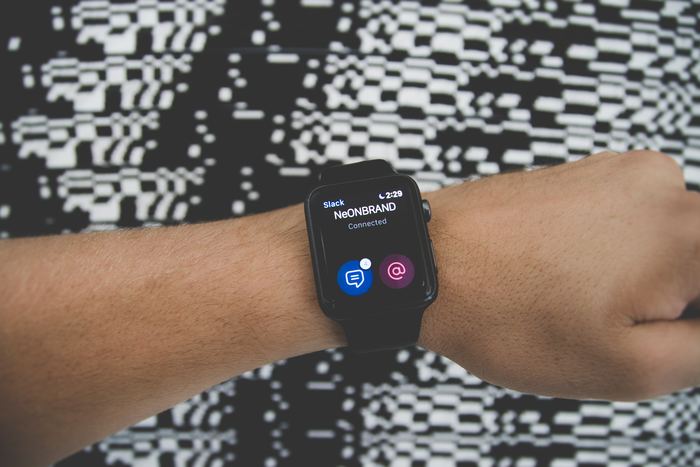
For wearables to be successful, they must deliver on what they promise to do. If it says it’ll help you be more productive at work or in your workout regime, then it should do just that. Ideally, it should be more function than form and delivering a means to an end – not the other way around, which is the case with many devices today.
Strong software support
Software integration is one of the main hurdles in the way of broad smart device adoption. A successful wearable device has an operating system that’s well understood among consumers and works well altogether, otherwise it’ll fail.
Integrate with other devices
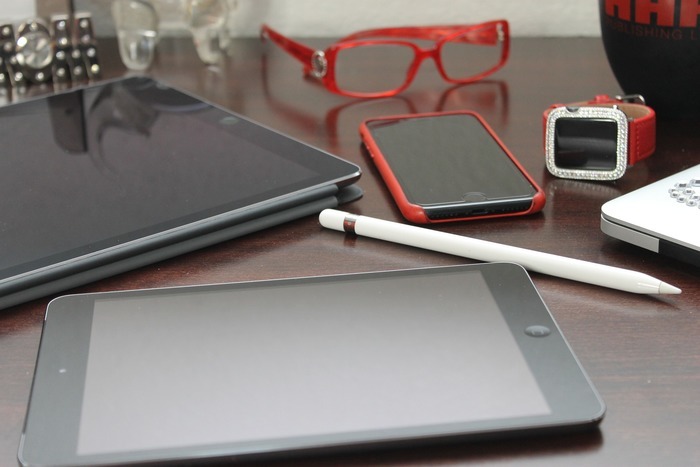
The ability to integrate and work with any and all products that consumers already carry around also determines how successful a smart wearable will be. Some are designed to only work with specific devices. For example Samsung’s Galaxy Gear 2 only works with Samsung handsets, which is limiting for other Android users.
Third-party developer support
Very few third-party apps are available with smart wearables. Consequently, wearable tech manufacturers need to work with third-party developers to increase their success rate.
Durable engineering
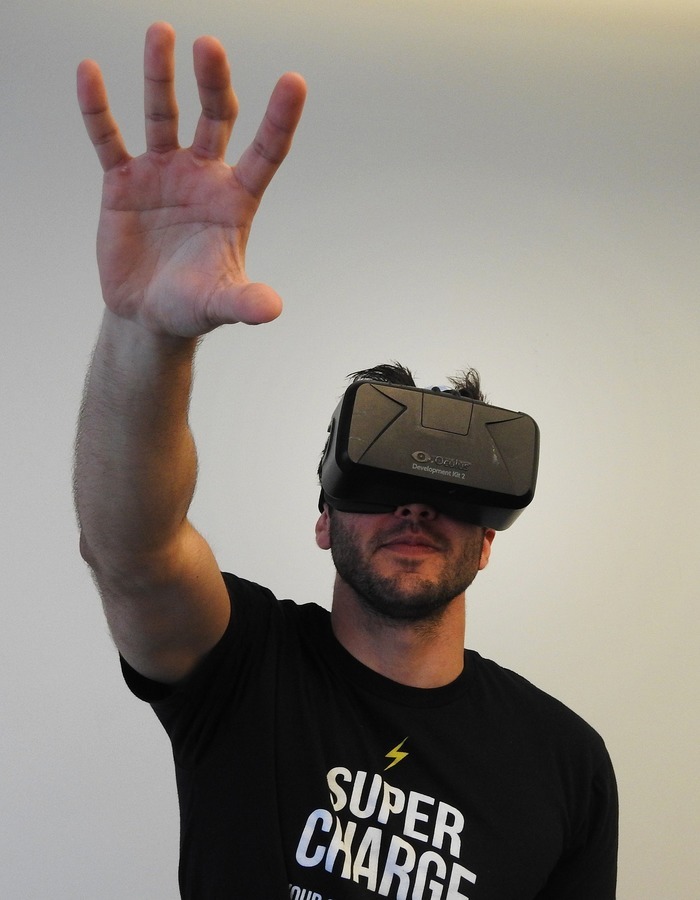
Consumers spend significant amounts of money buying smart wearables, so they expect that they’ll in turn last long enough. While planned obsolescence helps boost revenue for smartphone manufacturers, it’s not necessarily the case with wearables. They need to be durable in the eyes of the consumer if they’re going to experience success in the market.
Affordability
This is one of the most important factors that consumers consider when buying a smart wearable. Smart wearables that hit the price point for consumers and offer value and a good user experience tend to be successful.
Unobtrusive and respects user privacy

Smart wearables need to deliver a good user experience, without anything obtrusive or disruptive happening, but also respect the privacy concerns of their users. This is especially so because the devices are more personal, literally following the user wherever they go, and can track their moves.
Wrap-Up
The smart wearables industry has a great deal of potential in terms of embracing consumer habit formation and behavior change. A deeper understanding of the two will allow developers and manufacturers to create effective and successful devices for sustained engagement and meaningful impact.
Image credit: Sensoria
Get the best of IoT Tech Trends delivered right to your inbox!







